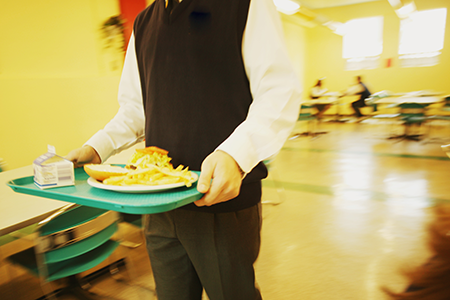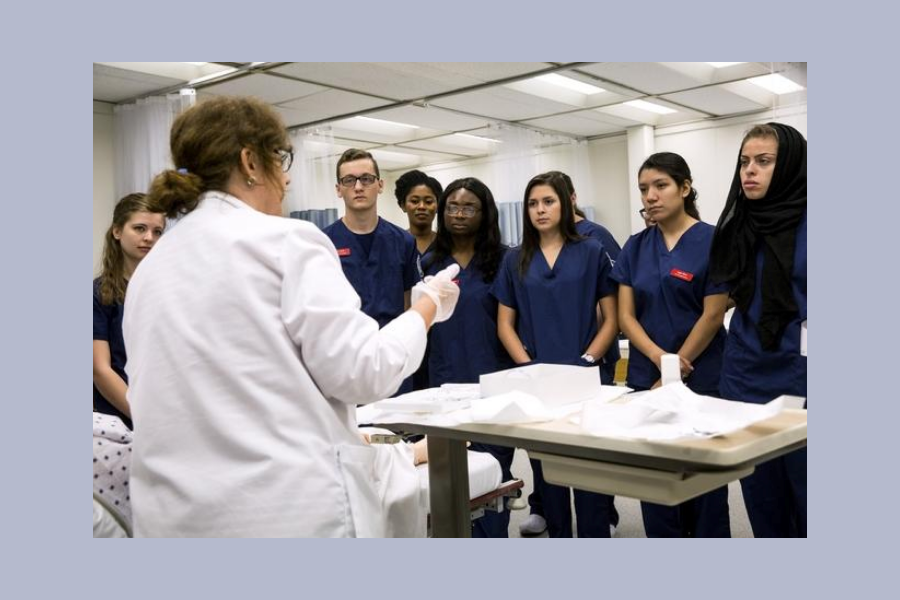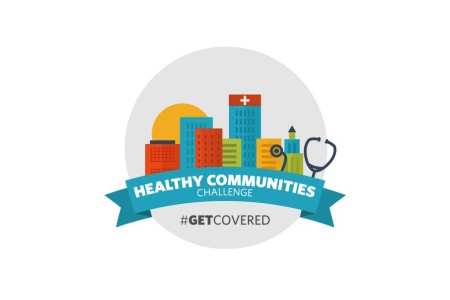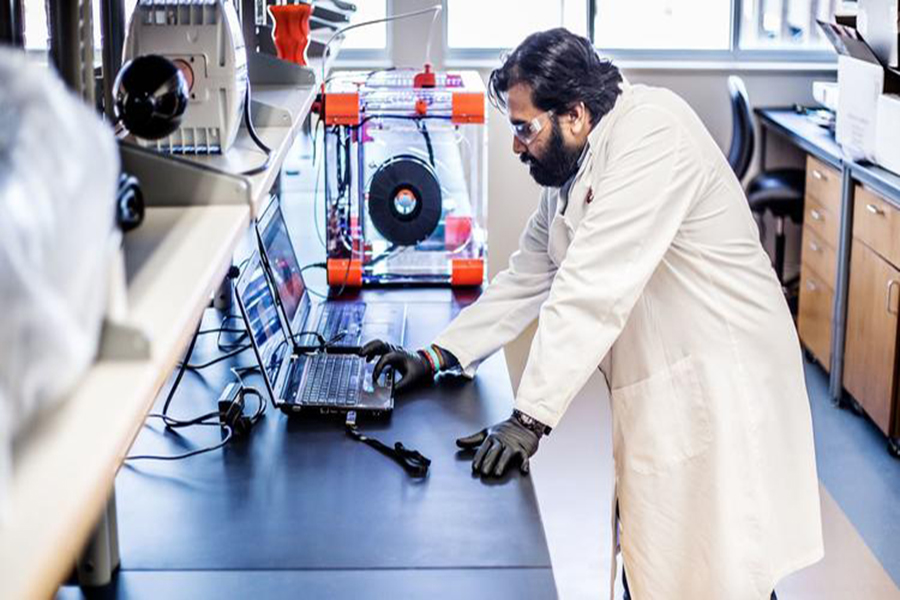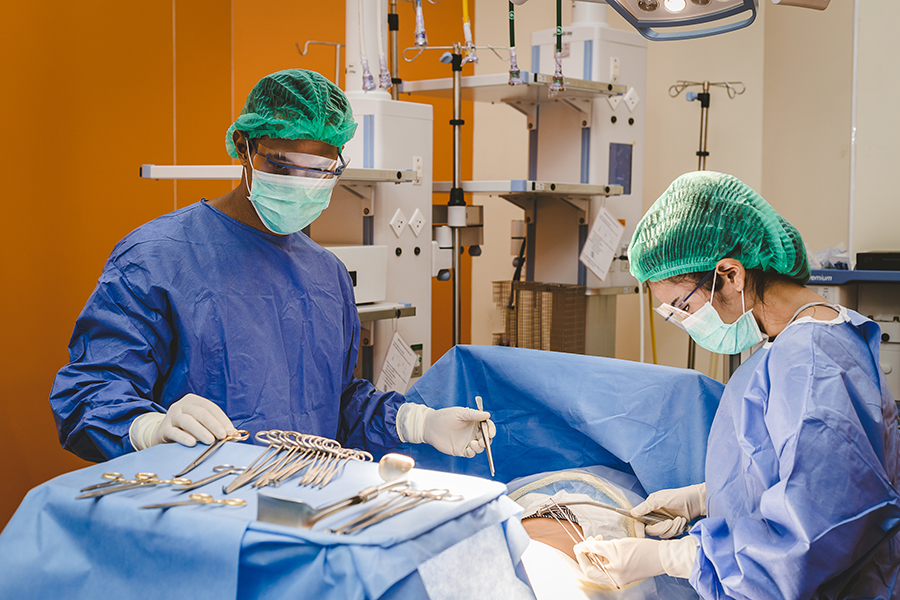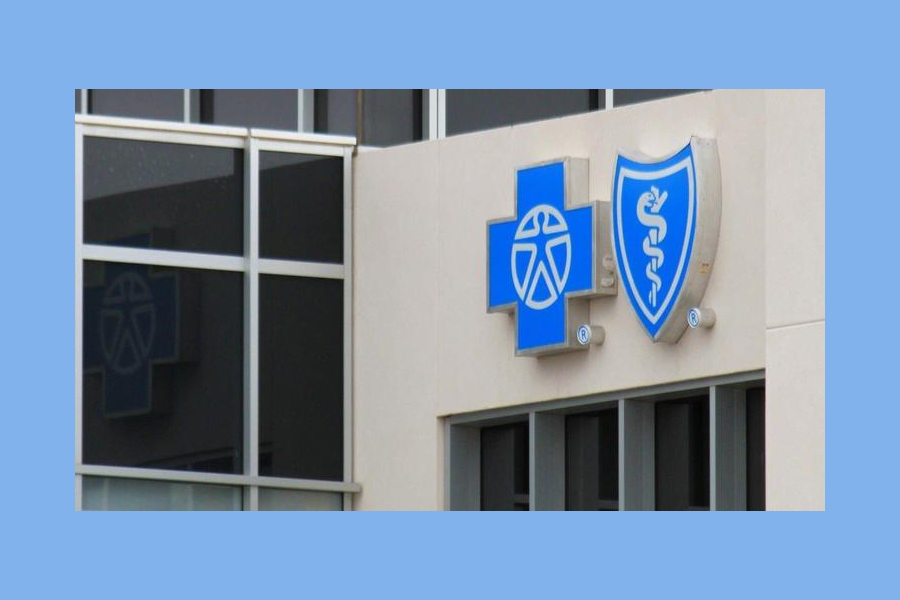By Steven Ross Johnson for Modern Healthcare
CHICAGO—On a typically busy Tuesday morning, a line of more than 100 people forms along the sidewalk outside the Logan Square Health Center, a primary-care clinic located on Chicago’s northwest side. The line soon stretches almost half the length of a city block as patients wait anxiously to be served.
Most of those standing in line are patients of the clinic—one of 16 outpatient health centers operated by Cook County Health and Hospitals System—but they are not waiting to see a doctor, or seeking to enter the clinic at all.
What they want is to eat.
Adjacent to the clinic lies an empty lot where a team of volunteers unloads cases of fresh produce from a large truck. The food will be distributed as part of an initiative the health system began in 2015 to address food insecurity among its patients.
Working in partnership with the Greater Chicago Food Depository, a “Fresh Truck” arrives at one of 12 clinic sites once every other month and stays for 90 minutes. Cook County staffers screen patients for food needs with a two-question survey.
Those identified as being food-insecure get a voucher to take part in the distributions.
Such efforts provide patients a small opportunity to gain access to nutritious food, but arguably the program’s greatest impact is in enrolling people into government aid programs such as the Supplemental Nutrition Assistance Program, or SNAP, and the Special Supplemental Nutrition Program for Women, Infants and Children, known as WIC. In 2016 and 2017, nearly 300 patients who visited a distribution site were enrolled and began receiving benefits.
“There are organizations in the community that know where hungry people are, and one of them is health systems,” said Dr. Jay Shannon, CEO of the Cook County health system.









